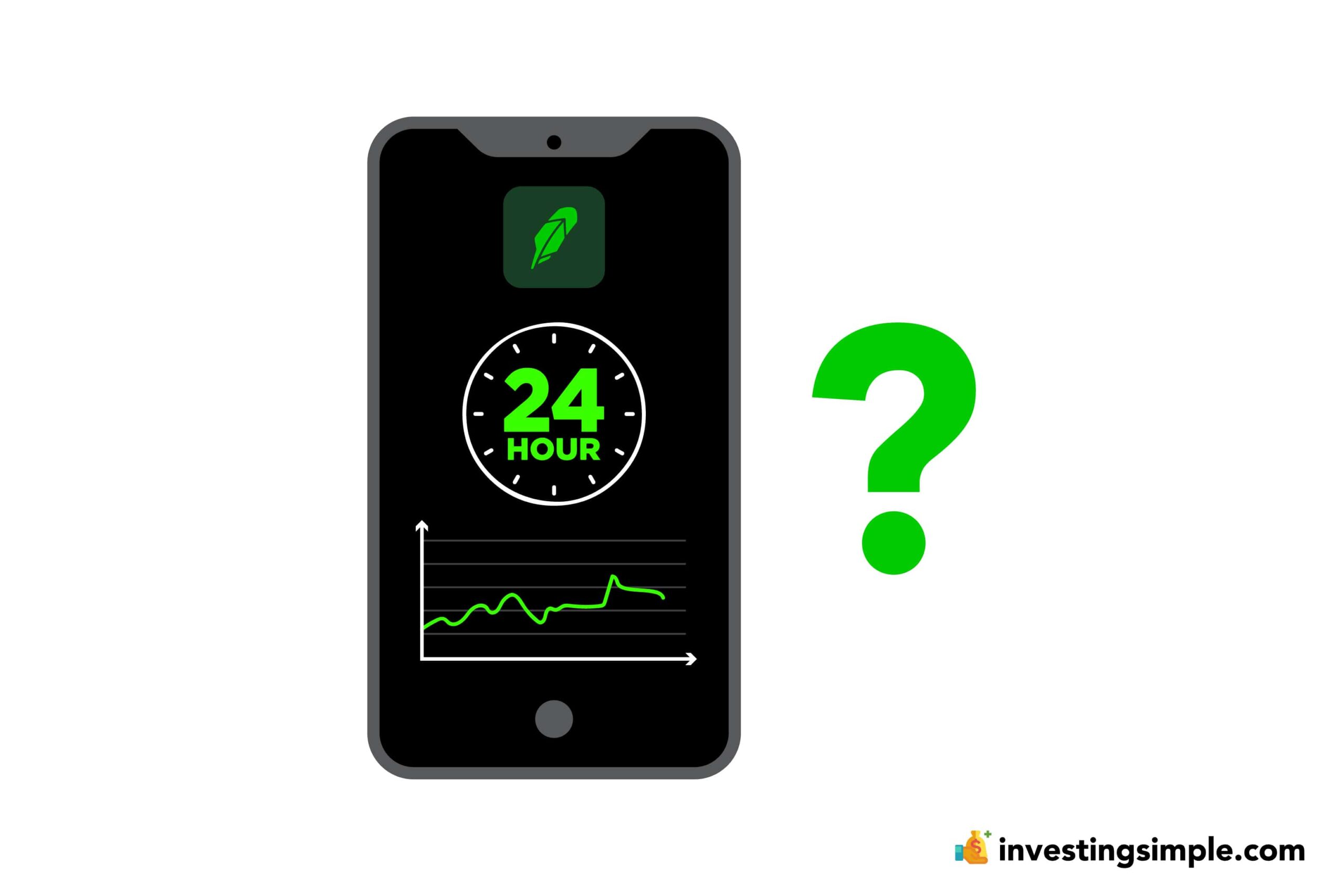





Day trading has become a popular concept as of late. While it can be a profitable way to earn, it's also a high risk investment strategy.
A day trade refers to the action of buying and then selling a security all within the same day (or selling and then buying a security within the same day). If you were to purchase a stock, then sell a different stock, and then purchase another separate stock all in one day, then that is not day trading.
Many brokerages and investing platforms support day trading. However, day trading does have a set of rules that must be followed. We will cover those rules in this article.
Robinhood is one of the most popular investing apps available and does support day trading. The platform was created to make investing easier to understand and execute. As such, the platform has a sleek design with an incredibly simple user interface.
So, how does day trading work on Robinhood? Let's dive in!
Don't forget to grab your free stock worth up to $200 from Robinhood today!
With Robinhood, investors can day trade, but there are a few important considerations and distinctions based on the type of account:
Typically, your Robinhood account defaults to a margin account unless you specifically choose a cash account, so most users fall under PDT rules.
The $25,000 equity requirement includes the total of your cash, stocks, and options value at the close of the previous trading day, not intraday balances. This means that to day trade on Tuesday, your account needed to have at least $25,000 at Monday's close.
With over $25,000 in equity, Robinhood allows unlimited day trades. Under that, you’re limited to the three trades in five days rule or may face penalties.
It's important to note that this $25,000 minimum equity requirement and PDT rules apply broadly to all brokerages that support day trading, not just Robinhood.
However, day trading is significantly riskier than long-term investing and is generally best suited for experienced traders with sufficient capital and risk tolerance.
Compared to Robinhood’s simplified interface, more technical platforms like Webull offer advanced research tools and data which might be better suited for serious day traders.
The Pattern Day Trader (PDT) rule was implemented by the Financial Industry Regulatory Authority (FINRA) in 2001 to protect retail investors from taking on excessive risk. Robinhood enforces these rules carefully.
You are considered a pattern day trader if both of the following occur within any five consecutive trading days:
These criteria apply only to margin accounts, including full and limited margin accounts, even if margin investing is not actively used. Cash accounts are exempt from the PDT rules but have settlement period restrictions.
If you trigger the PDT designation and your account equity is below $25,000 at the previous day's close, Robinhood will restrict your ability to day trade until you bring your account above the minimum equity amount.
When flagged, your account is typically restricted from day trading for a 90-calendar-day period. Robinhood provides a day trade tracker tool in the app to help you monitor your trades and avoid unintentionally triggering the PDT rule.
Robinhood issues day trade calls if you exceed your allowed day trading limits. This is influenced not only by the number of trades but also by the type of assets traded.
High-volatility stocks—those with rapid and large swings in price—tend to consume more of your day trade limit and may lead to day trade calls faster.
If you receive a day trade call, you have five business days to deposit the required additional funds to meet the call amount. Failing to meet the call or continuing to day trade without resolving it results in a 90-calendar-day suspension of day trading privileges on your account.
Depositing more funds increases your day trade limit; selling stocks does not remove day trade calls.
After resolving a day trade call by depositing the required funds, you can resume day trading on the next trading day, and the deposited funds can be withdrawn after the standard five-day settlement period.
It's wise to maintain extra cash on the sidelines to quickly cover potential day trade calls, avoiding account restrictions that can be disruptive to your trading.
Despite the available tools and strategies, it is vital to remember that day trading is a high-risk investment activity suited mainly for experienced traders with adequate capital and risk tolerance. Robinhood’s simplified interface is excellent for beginners but may lack the comprehensive research tools and data that more advanced day traders require, which platforms like Webull provide.
FINRA and Robinhood policies may evolve, and regulatory changes can impact day trading rules and requirements. It is recommended to regularly check Robinhood’s official support pages and consult with a financial advisor before engaging in day trading.